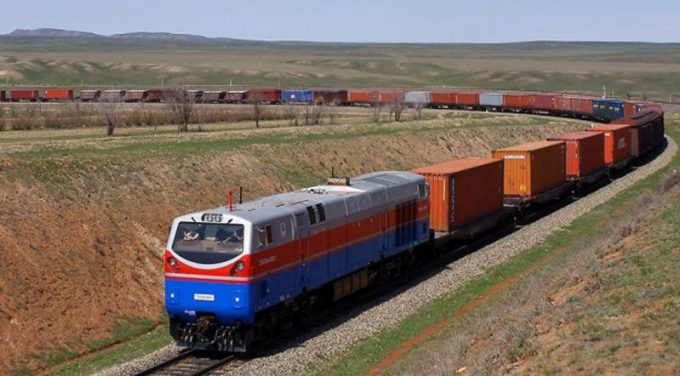HHLA to buy a 51% stake in Austrian intermodal specialist Roland Spedition
Hamburg terminal and intermodal operator HHLA is set to expand its central European rail network, ...

Transiting 12,000km across Asia, continental Europe and through the Channel Tunnel to the UK, the first China-London freight train has departed Yiwu in eastern Zhejiang province and is expected in the UK capital in 14 days’ time.
Operated by China Rail Corporation, the overall 18-day service carrying garments, bags, suitcases and other items will pass through Kazakhstan, Russia, Belarus, Poland, Germany, Belgium and France and forms part of president Xi Jingping’s efforts to strengthen trade ties between China and Europe.
London becomes the 15th European city with direct trains from the Asian giant, following the unveiling of Mr Xi’s One Belt One Road initiative in 2013, which put transport links at the centre of efforts to create a modern Silk Road and boost commercial ties to global markets.
For rail operators, it will help boost their cause as it showcases the benefits of rail over sea, which takes twice as long, and air, which costs twice as much.
According to this story on Bloomberg, trade between countries along the China-Europe corridor could top $2.5trn in the next decade, with Mr Xi expected to pour a further $503bn into rail development by 2020.
Etail by air – here to stay or on a short shelf life?
HMM sees opportunities in Hapag-Lloyd’s exit from THE Alliance
How crazy is this: DSV goes hostile on Expeditors or CH Robinson?
Liners unveil Asia-Europe FAK price hikes to arrest steady rate decline
Legal battle heats up over 'unseaworthy' and 'reckless' MV Dali
Another strong month for US ports as container flows continue to rise
DSV chief reticent on Schenker: the focus on growing market share
Alex Lennane
email: [email protected]
mobile: +44 7879 334 389
During August 2023, please contact
Alex Whiteman
email: [email protected]
Alessandro Pasetti
email: [email protected]
mobile: +44 7402 255 512

Comment on this article